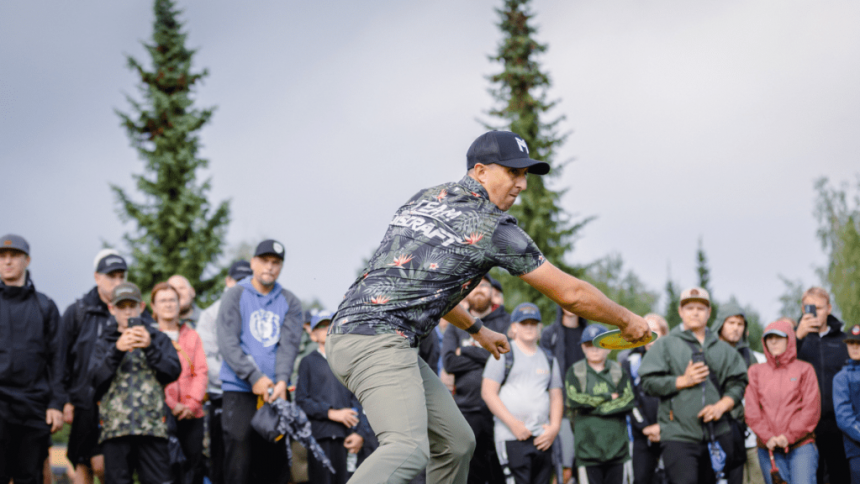As a disc golfer, having a strong core is essential for maintaining balance and stability while playing. A strong core can help you generate power and speed, improve your accuracy, and reduce your risk of injury. In this article, we will explore the importance of core strength for disc golf and provide exercises to help you improve your balance and stability.
The Importance of Core Strength for Disc Golf
Disc golf requires a combination of strength, power, and agility. The core muscles, including the abs, obliques, and lower back, play a crucial role in generating power and stability. A strong core can help you maintain a consistent throwing motion, improve your accuracy, and reduce your risk of injury.
In disc golf, you are constantly moving and adjusting to changing terrain and obstacles. A strong core can help you maintain balance and stability, allowing you to navigate uneven terrain and make precise shots. Additionally, a strong core can help you generate power and speed, giving you an edge over your opponents.
Exercises to Improve Your Balance and Stability
Here are some exercises you can do to improve your balance and stability:
1. Plank
Start in a plank position with your hands shoulder-width apart and your feet hip-width apart. Engage your core muscles by drawing your belly button towards your spine. Hold this position for 30-60 seconds, rest for 30 seconds, and repeat for 3-5 sets.
2. Bird Dog
Start on your hands and knees. Lift your right arm and left leg off the ground, holding for a count of 1-2 seconds. Lower back down and repeat on the other side. Continue alternating for 3-5 sets.
3. Russian twists
Sit on the floor with your knees bent and your feet flat. Lean back slightly and lift your feet off the ground. Hold a weight or medicine ball and twist your torso from side to side, targeting your obliques. Continue for 3-5 sets.
4. Leg raises
Start in a plank position. Lift your right leg off the ground, keeping it straight, and hold for a count of 1-2 seconds. Lower back down and repeat on the other side. Continue alternating for 3-5 sets.
5. Single-leg squats
Stand on one leg, with the other foot lifted off the ground. Slowly lower yourself down into a squat, keeping your back straight and your core engaged. Push back up to standing and repeat on the other side. Continue alternating for 3-5 sets.
6. Balance exercises
Stand on a balance board or a Bosu ball. Hold a weight or medicine ball and lift your arms overhead, keeping your core engaged. Hold for 30 seconds to 1 minute, rest for 30 seconds, and repeat for 3-5 sets.
Additional Tips
Here are some additional tips to help you improve your balance and stability:
– Practice regularly: Consistency is key when it comes to improving your core strength and balance. Try to practice these exercises 2-3 times per week.
– Focus on proper form: Make sure to maintain proper form and engage your core muscles during each exercise. This will help you get the most out of the exercise and reduce your risk of injury.
– Incorporate dynamic movements: In addition to static exercises, try incorporating dynamic movements into your routine. This can help improve your balance and stability in a more functional way.
Conclusion
Having a strong core is essential for disc golf. By incorporating exercises that target your core muscles, you can improve your balance and stability, generate power and speed, and reduce your risk of injury. Remember to practice regularly, focus on proper form, and incorporate dynamic movements into your routine.
FAQs
Q: What is the best way to warm up before disc golf?
A: A dynamic warm-up that includes exercises that target your core muscles, such as leg raises and bird dog, can help prepare you for disc golf.
Q: How often should I practice core exercises?
A: Aim to practice core exercises 2-3 times per week, with at least one day of rest in between.
Q: What are some common mistakes people make when doing core exercises?
A: Common mistakes include poor form, not engaging the core muscles, and not holding the exercises for long enough. Make sure to focus on proper form and engage your core muscles during each exercise.
Q: Can I do core exercises at home?
A: Yes, you can do many core exercises at home with minimal equipment. You can also use resistance bands or a stability ball to add variety to your routine.







